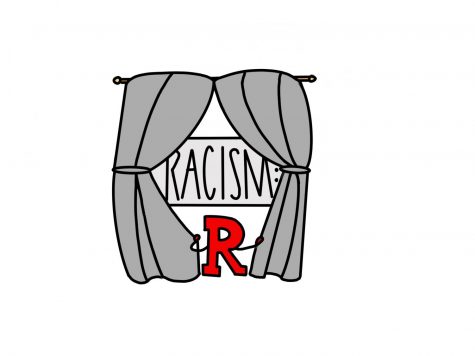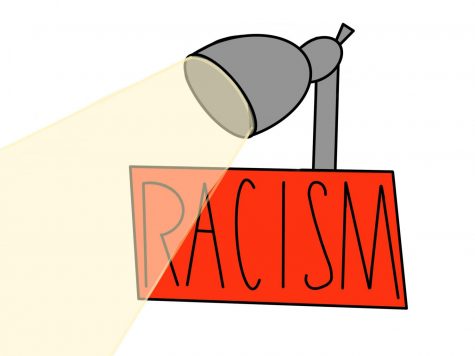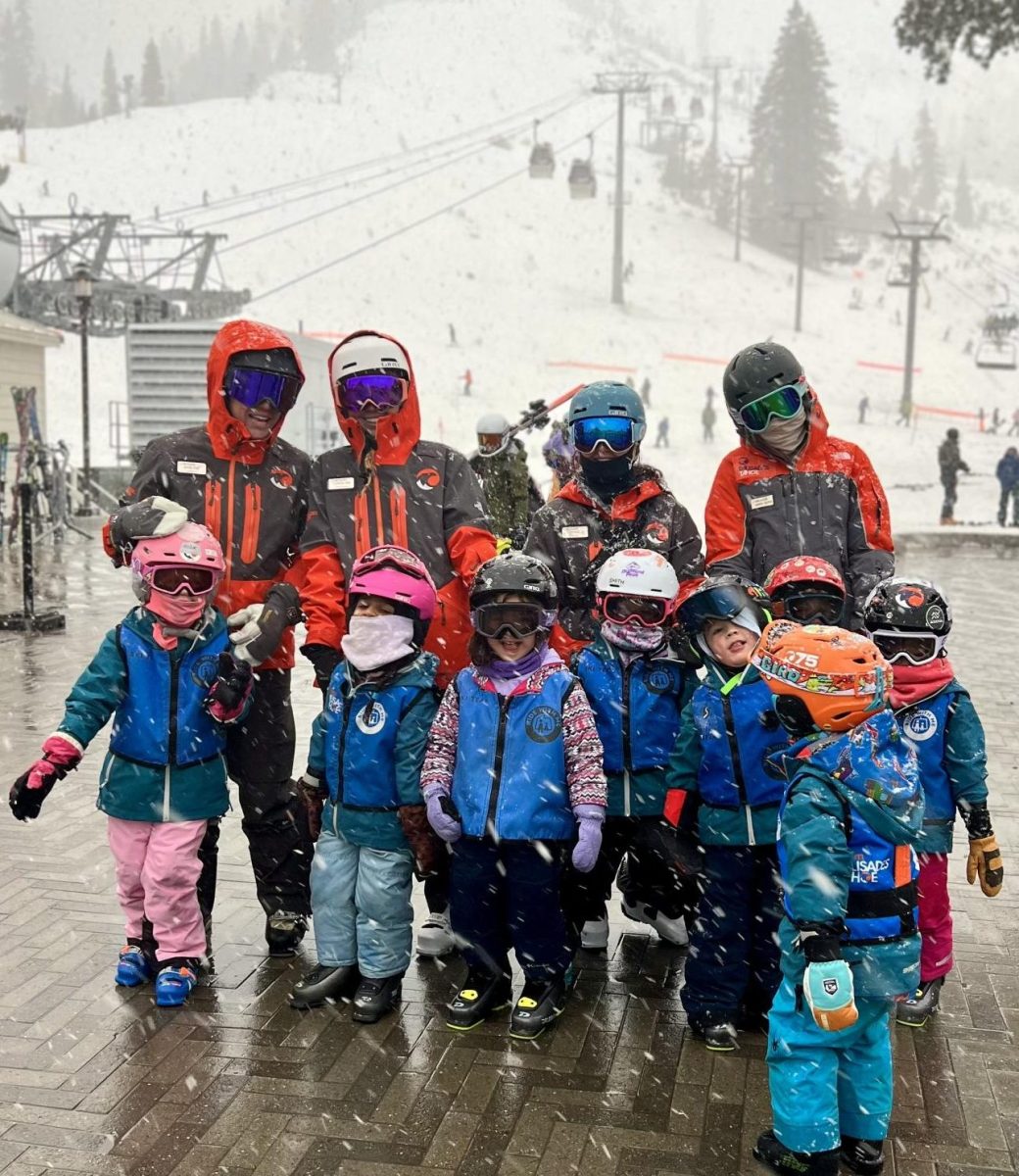Many issues of microaggressions and racial inequality have been brought to Redwood’s attention over the past few years. To address these problems, the Redwood community has introduced school diversity programs and hosted anti-racism seminars. Still, many continue to see Redwood as being unwelcoming for students of color and feel that the topic of racism is not discussed frequently enough.
Senior Olivia Letts is a contributing member to the Student Leadership Anti-Racist Movement at Redwood (SLAM), a Redwood diversity program previsouly known as Students Organized Against Racism (SOAR). Letts joined SLAM her sophomore year, striving to educate herself about racism within the community and on a national level.
“As a white person, I have the privilege to educate myself [and] others,” Letts said. “Using resources like SLAM is a great opportunity that I can take advantage of and so should everybody else.”
SLAM works to ensure that students of color feel included in the student community. Programs like SLAM have been helpful for many students similar to Senior Kaylen Shaw, who has been subject to both overt racism and microaggressions during their high school career. Racist microaggresions are intentional and non-intentional verbal, behavioral or environmental insults and dismissals that communicate derogatory or negative attitudes towards a cultural minority group. According to a 2020 Bark survey, only 2 percent of Redwood students identify as Black, while 81 percent identify as white. With the lack of diversity present on campus, Shaw reflects on their difficulty feeling included at Redwood. 
“When I sit at lunch, I sit with people who are people of color because that’s who I naturally gravitate to. There’s not much mixing of ‘types’ of people,” Shaw said.
Despite the lack of diversity among Redwood’s student body, many students and staff members have made efforts to make the school a more accepting environment by participating in anti-racism seminars or enrolling in classes that focus on diversity. Still, racism continues to persist as Shaw has endured countless struggles that their peers and community are not aware of, from feeling isolated to overt racist attacks.
“There have been instances where I’ve been called the N-word. That’s just blatant racism. This occurred on campus too, which just speaks to the normalization and comfort that people have using racist language,” Shaw said.
According to Shaw, much of the racism that takes place on campus is often not reported. In fact, a 2019 Bark survey reports that 49 percent of Redwood students have witnessed or been victim to hate speech while only 21 percent have taken action. Shaw still feels the underlying issue is quite apparent.
“Redwood will take some action whenever I have a ‘racial incident.’ They’ll set up meetings to try to resolve the issue, but when it comes to things that are more broad, there’s still a huge race problem,” Shaw said.
Administration plays a key role in ensuring that when racism does occur on campus, the right steps are taken to hopefully eradicate any future occurrences. Yet, Shaw feels that not enough is being done for most instances.
“[The administration] just checked up on my mental health and left it at that, I feel like that was a missed opportunity for education.” Shaw said.
Redwood’s administration has attempted to implement solutions to the racism on campus. For example, they have trained students to be anti-racist, hung up signs and hosted online seminars. Despite the administrations’ actions, Letts believes that the underlying issues surrounding racism still persist because of the misconceptions about Marin County’s “accepting” atmosphere, which impedes open mindedness.
“Marin likes to think of themselves as a very liberal, left leaning and accepting area. In reality, when it comes to issues like race, people like to stay away from [the topic] or push it under the rug,” Letts said.
One example of an idea that was implemented by administration is the sigAn on the main building that reads “End Racism.” Although the sign contains an important message, Letts believes that it does not directly solve or address the issue of racism on campus.
 “[The administration] was somehow involved in putting [the signs] up. [SLAM] had a conversation with them about how it was very performative and how it didn’t really do anything. It just promotes this idea that we’re ‘woke Marin County’ when in reality, many [don’t know] the first thing about race,” Letts said.
“[The administration] was somehow involved in putting [the signs] up. [SLAM] had a conversation with them about how it was very performative and how it didn’t really do anything. It just promotes this idea that we’re ‘woke Marin County’ when in reality, many [don’t know] the first thing about race,” Letts said.
Former Redwood Vice Principal and current Principal of Archie Williams High School LaSandra White is also unsure about the effectiveness of the “End Racism” sign. Instead, White believes that addressing racism in the moment would be more valuable.
“[The sign] has an important message, but I don’t know how effective it is. I think [addressing racism] has to come from all angles. [Racism] should be addressed in a classroom when it actually happens in the moment as well,” White said.
Oftentimes, having a conversation about race and race-related issues in a classroom environment can be difficult for students. Shaw believes that despite the difficult nature of these conversations, having discussions about racism is indispensable.
“At some point, the conversation [about race] will be uncomfortable, but it’s only touchy and uncomfortable if you’re not willing to educate and push yourself further to be open minded and learn more from the people around you,” Shaw said.
Although Redwood has made some progressive changes to address the race related issues, Letts believes that there is more the school, teachers and students can do.
“Doing the work, educating yourself, listening to people, learning from people and taking in all that information is where the change really starts,” Letts said. “You can’t educate other people before you educate yourself, so I think [educating ourselves] is where the majority of people here need to start.”













